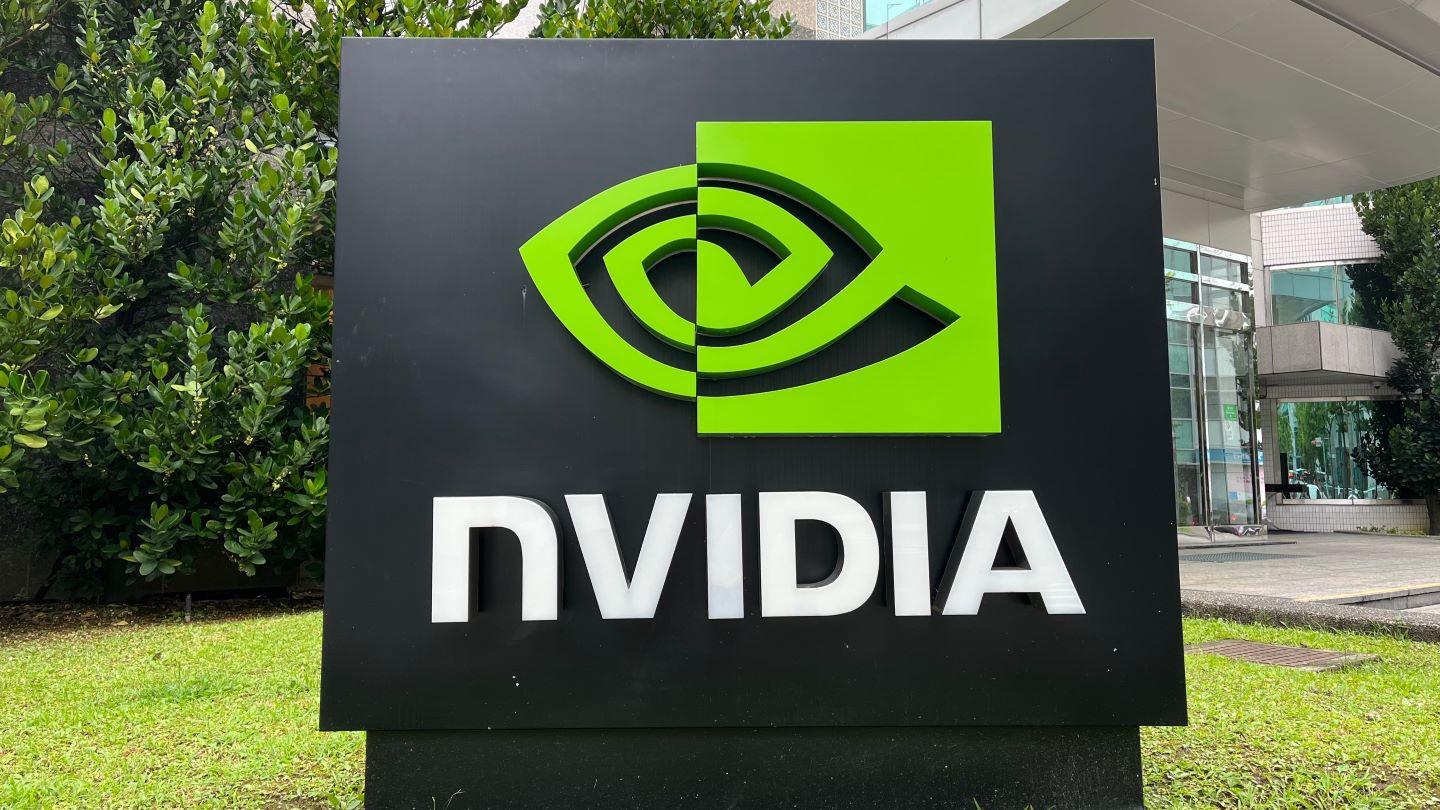
Nvidia is eyeing robotics as a key growth area amid rising competition in its artificial intelligence (AI) chip business, reported the Financial Times.
The US company plans to launch its next generation of compact computer for humanoid robots, Jetson Thor, in early 2025.

Access deeper industry intelligence
Experience unmatched clarity with a single platform that combines unique data, AI, and human expertise.
Speaking to FT, Nvidia vice-president of robotics Deepu Talla said: “The ChatGPT moment for physical AI and robotics is around the corner.”
Talla added that he believes the robotics market has reached a “tipping point”.
Nvidia offers a comprehensive solution, from AI training software to the chips powering robots.
Its push into robotics comes as competition intensifies from rival chipmakers such as AMD and cloud giants such as Amazon, Microsoft, and Google.

US Tariffs are shifting - will you react or anticipate?
Don’t let policy changes catch you off guard. Stay proactive with real-time data and expert analysis.
By GlobalDataThese companies are seeking to reduce their reliance on Nvidia’s semiconductor offerings.
Despite this, Nvidia’s valuation has surpassed $3tn, driven by strong demand for its AI chips.
In February, Nvidia joined Microsoft and OpenAI in investing in Figure AI, a humanoid robotics company valued at $2.6bn.
Robotics remains an emerging niche, with many start-ups facing challenges in scaling, cost reduction, and improving robot accuracy, the publication said.
Nvidia’s robotics sales currently represent a small portion of its overall revenue.
Data centre revenue, which includes Nvidia’s AI graphics processing unit chips, accounted for about 88% of its $35.1bn sales in the third quarter.
Talla noted that two technological breakthroughs are propelling the robotics market: generative AI models and training robots using simulated environments.
The ability to train robots in virtual environments addresses the “Sim-to-Real gap,” ensuring effective real-world operation, he added.
Talla said: “In the past 12 months . . . [this gap] has matured sufficiently that we can now carry out experiments in simulation, combining with generative AI, that we could not do two years ago.”
Talla joined Nvidia in 2013 to work on the ‘Tegra’ chip for smartphones.
The company pivoted to AI and autonomous training, leading to the creation of Jetson, Nvidia’s robotic ‘brain’ modules, in 2014.
Nvidia provides tools for robotics development, including software for training models, simulations in its ‘Omniverse’ platform, and hardware for robots.







